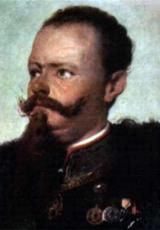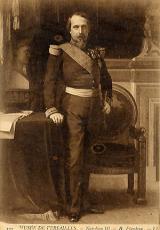Camillo Benso Comte de Cavour
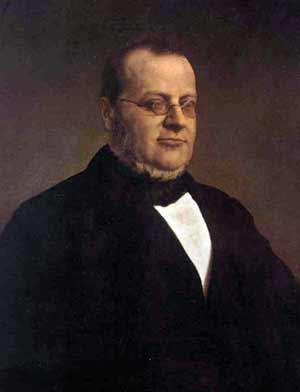
(Turin, 10 August 1810-Turin, 6 June 1861)
Cavour, a liberal-minded Piedmontese political leader, was an architect of closer Franco-Italian ties and negotiated the Treaty of Turin, which attached Nice and Savoy to France on 24 March 1860. Camillo Benso, Count Cavour, descended from an old Catholic Piedmontese noble family on his father's side; his mother was a Swiss Calvinist. He started his career as an army corps of engineers officer, but his liberal opinions led him to resign in 1835 and he spent the next 20 years on his estate in Levi, turning his interest to his century's innovations: agricultural techniques, machines, the railroad and credit institutions. He founded the Agrarian Association in 1842 and published a study on railroads in Italy in 1846. Cavour's travels enabled him to hone his knowledge of politics and of the French language. In 1847 he founded the newspaper Il Risorgimento, where he campaigned to establish a constitutional monarchy.
In 1848, Cavour was elected to Piedmont's parliament as a conservative but anticlerical deputy and held various positions in the government, including minister of agriculture in 1850 and of finance in 1851. That is when he became a leading figure in Piedmont's politics. Cavour campaigned to expand Piedmont at Austria's expense. After Austria defeated Italy in the war of 1849 (Treaty of Milan, August 1849), he concluded that it was necessary to seek outside help to achieve Italian unity under Piedmont's authority. The count thought that Napoleon III's France would be the most reliable ally. He took advantage of the seat that the belligerent powers offered him at the April 1856 Congress of Paris after the Crimean War (a military rather than political and strategic presence) to raise the Italian issue and test the ambitions of French foreign policy. Cavour worked on bringing about closer economic and cultural ties between the two sides. One result of his efforts was that work on the Mont-Cenis tunnel began in 1857. Meanwhile, he was preparing for war against Austria, in particular by turning Alexandria into a fortress and creating the maritime arsenal in La Spezia.
Cavour was Italy's envoy at a seven-hour meeting with Napoleon III in Plombières in July 1858, when he negotiated the details of the Franco-Piedmontese alliance, including the conclusion of a military front against Austria (confirmed in January 1859), the creation of a confederated Italian state, Italy's handover of Nice and Savoy, and Prince Jerome Bonaparte's marriage to the daughter of Victor Emmanuel II, the king of Piedmont. He was personally involved in Italy's march towards freedom from the Austrian yoke and resigned from the Piedmontese parliament in July 1859 after the Franco-Austrian armistice of Villafranca. Victor Emmanuel II won the war and pursued his goal of unifying the peninsula by annexing the insurgent states of central Italy. Cavour was asked to join the government in January 1860, when he was put in charge of negotiating French ratification in return for the handover of Nice and Savoy by referendum (Treaty of Turin, 24 March 1860).
Cavour and Victor Emmanuel II backed Garibaldi's march on Rome in secret because of their concern for how France and Austria would react. After the Roman and Sardinian troops were crushed, the count established Piedmont's laws and administrative systems throughout Italy. On 14 March 1861 he witnessed his work's crowning achievement when Italy's first parliament elected Victor Emmanuel II of Piedmont the king of Italy.
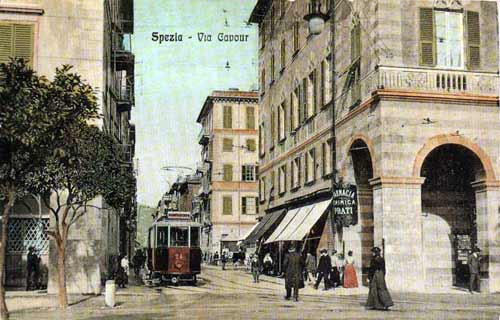
Rue Cavour à La Spezia. Source : www.prospezia.it
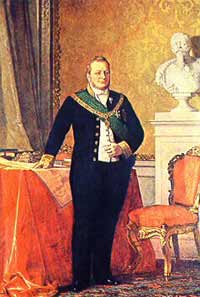
Portrait de Cavour. Source : www.florin.ms


